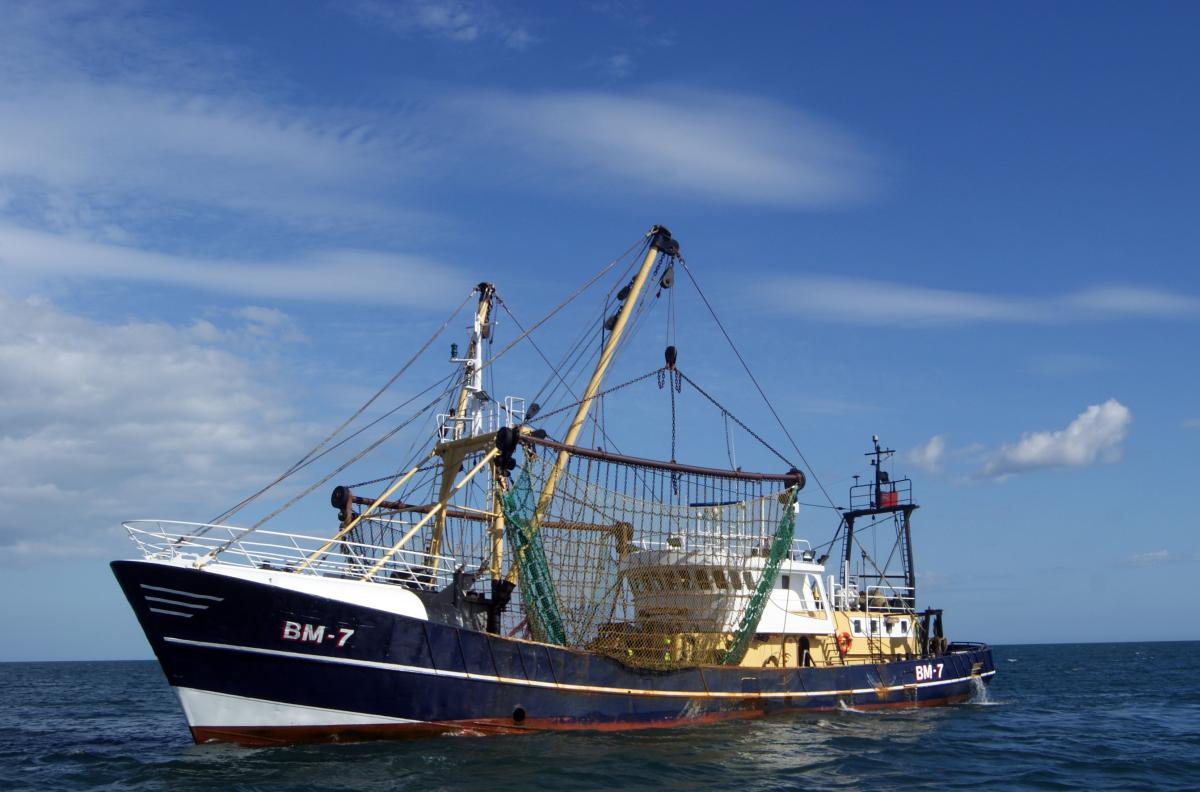
Fishing boat. Photo Credit: Mark Caldicott/Pixabay
A recent executive order titled “Restoring American Seafood Competitiveness,” enacted in April 2025, aims to deregulate the U.S. seafood industry by reducing regulations, eliminating unsafe imports, and addressing trade imbalances. However, according to a new paper published in the journal Marine Policy, co-authored by Professor Halley Froehlich of UC Santa Barbara and Professor Jessica Gephart of the University of Washington, the order could significantly undermine decades of environmental protection, scientific progress, and the overall sustainability of the U.S. seafood sector.
Professor Froehlich, the lead author of the paper, warns that the executive order represents a dramatic rollback of federal oversight and scientific authority. “Instead of reform,” she states, “it’s dismantling regulations in a very short amount of time.” She emphasizes that the order weakens critical institutions such as the National Oceanic and Atmospheric Administration (NOAA), which plays a central role in managing around 500 commercial fishery stocks. Deep cuts to NOAA’s budget, workforce, and communication capabilities threaten the agency’s ability to collect data, monitor ecosystems, and manage migratory species effectively.
Froehlich argues that this deregulation may, ironically, make the U.S. seafood industry less competitive in the long run. By slashing support for data collection, climate research, and oversight infrastructure, the government risks increasing uncertainty and reducing the sector’s ability to respond to environmental and market challenges. “Without the data, expertise, and capacity to study and understand these systems,” Froehlich notes, “we run the risk of fishery collapses becoming more common and long-lasting.”
Another key issue raised by Froehlich is the order’s neglect of aquaculture—the farming of fish, shellfish, and other aquatic organisms—which she identifies as the true growth area for both economic opportunity and food security. While the U.S. wild fisheries are already producing at or near maximum sustainable levels (referred to as “peak fish”), aquaculture remains underdeveloped and underfunded. Froehlich highlights a major disconnect between the executive order’s goals and the lack of attention or investment in aquaculture, especially in the context of broader funding cuts to the federal agencies that would be responsible for its development.
The researchers also criticize the order for oversimplifying seafood trade dynamics. Froehlich points out that much of the seafood farmed in the U.S. does not match the types most in demand by American consumers. Additionally, the introduction of tariffs—particularly on foreign-processed U.S.-caught seafood—could raise prices and limit access to high-demand items like shrimp, of which only 10% of U.S. supply is domestically produced.
In conclusion, Professor Froehlich and her co-author argue that rather than enhancing competitiveness, the executive order creates uncertainty and instability in the seafood sector. Their research has been submitted as evidence to the House Natural Resources Committee’s Water, Wildlife and Fisheries Subcommittee, reinforcing the urgent need for a more science-based, coordinated, and forward-thinking approach to U.S. seafood policy.